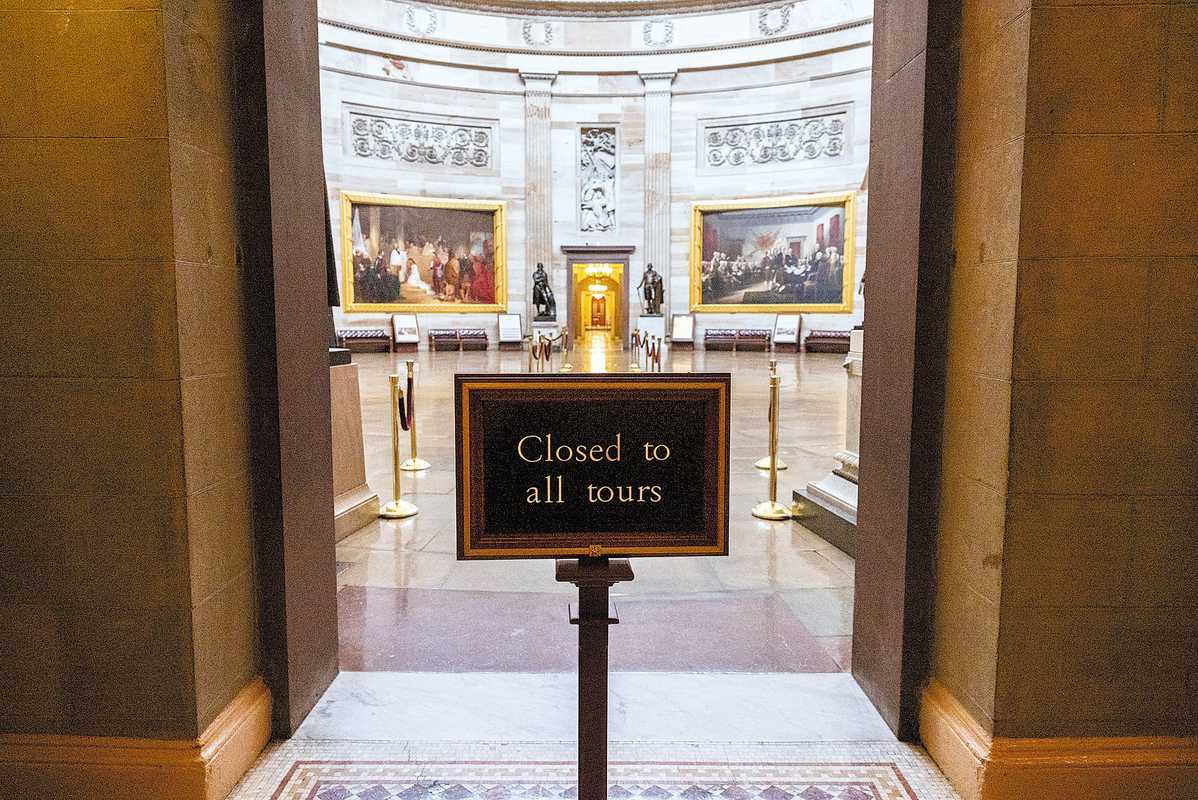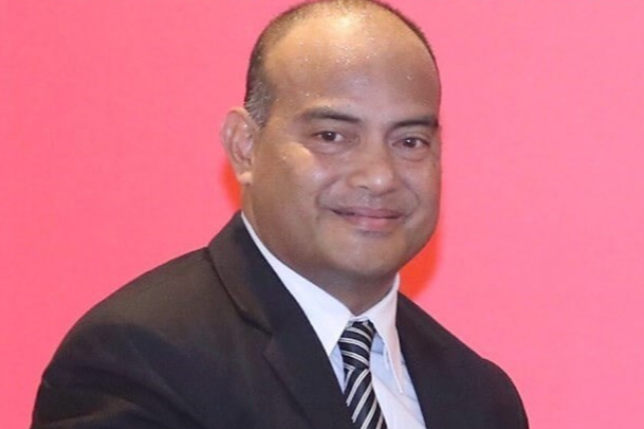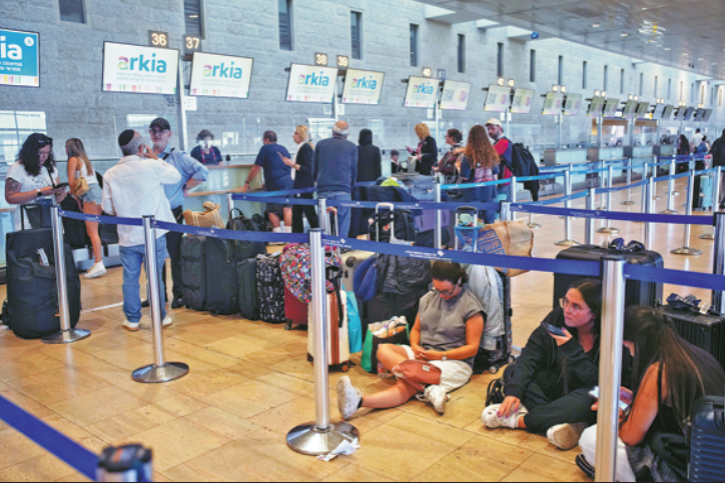US govt faces longest closure amid standoff
Impasse on healthcare aid deepens as thousands of federal workers lose jobs


WASHINGTON — The Speaker of the US House of Representatives Mike Johnson has predicted the federal government shutdown may become the longest in history, saying he "won't negotiate" with Democrats until they hit pause on their healthcare demands and reopen.
Standing alone at the Capitol on the 13th day of the shutdown, the Republican speaker said he was unaware of the details of the thousands of federal workers being fired by the administration of President Donald Trump.
It is a highly unusual mass layoff widely seen as a way to seize on the shutdown to reduce the scope of government. Vice-President JD Vance has warned of "painful" cuts ahead, even as employee unions sue.
"We're barreling toward one of the longest shutdowns in American history," Johnson said on Monday.
With no endgame in sight, the shutdown is expected to roll on for the foreseeable future. The closure has halted routine government operations, shuttered Smithsonian museums and other landmark cultural institutions, and left airports scrambling with flight disruptions — all injecting more uncertainty into an already precarious economy.
The House is out of legislative session, with Johnson refusing to recall lawmakers back to Washington, while the Senate, closed on Monday for a federal holiday, was to return to work on Tuesday. However, senators are stuck in a cul-de-sac of failed votes as Democrats refuse to relent on their healthcare demands.
Johnson thanked Trump for ensuring military personnel are paid this week, which removed one main pressure point that may have pushed the parties to the negotiating table.
At its core, the shutdown is a debate over healthcare policy — particularly Affordable Care Act subsidies that are expiring for millions of people who rely on government aid to buy their own health insurance policies on the Obamacare exchanges. Democrats demand that the subsidies be extended, but Republicans argue that the issue can be dealt with later.
The House Democratic leader Hakeem Jeffries said that with Republicans having essentially shut down the chamber for a fourth week now, no real negotiations are underway. They are "nowhere to be found", he said.
With Congress and the White House stalemated, some are eyeing the end of the month as the next potential deadline to reopen the government.
Open enrollment begins on Nov 1 for the health program at issue, and US citizens will face the prospect of skyrocketing insurance premiums. The Kaiser Family Foundation has estimated that monthly costs would double if Congress fails to renew the subsidy payments that expire on Dec 31.
At the end of this month, government workers on monthly pay schedules, including thousands of House aides, will not be paid.
New disruption
Meanwhile, a new round of layoffs at the Education Department is depleting an agency that was hit hard in the administration's previous mass firings, threatening new disruption to the nation's students and schools.
The Trump administration started laying off 466 Education Department staffers on Friday amid mass firings across the government meant to pressure Democratic lawmakers over the federal shutdown. The layoffs would cut the agency's workforce by nearly one-fifth, reducing it to less than half its size when Trump took office on Jan 20.
Department officials have not given details on the layoffs and did not immediately respond to a request for comment. AFGE Local 252, a union representing more than 2,700 department workers, said information from employees indicates cuts will decimate many offices within the agency.
"We're talking about the people who worked on the beating heart of our federal public school programs," said Sasha Pudelski, director of advocacy for AASA, the association of school superintendents.
The union president Rachel Gittleman said the new reductions, on top of previous layoffs, will "double down on the harm to K-12 students, students with disabilities, first-generation college students, low-income students, teachers and local education boards".
Agencies Via Xinhua

































